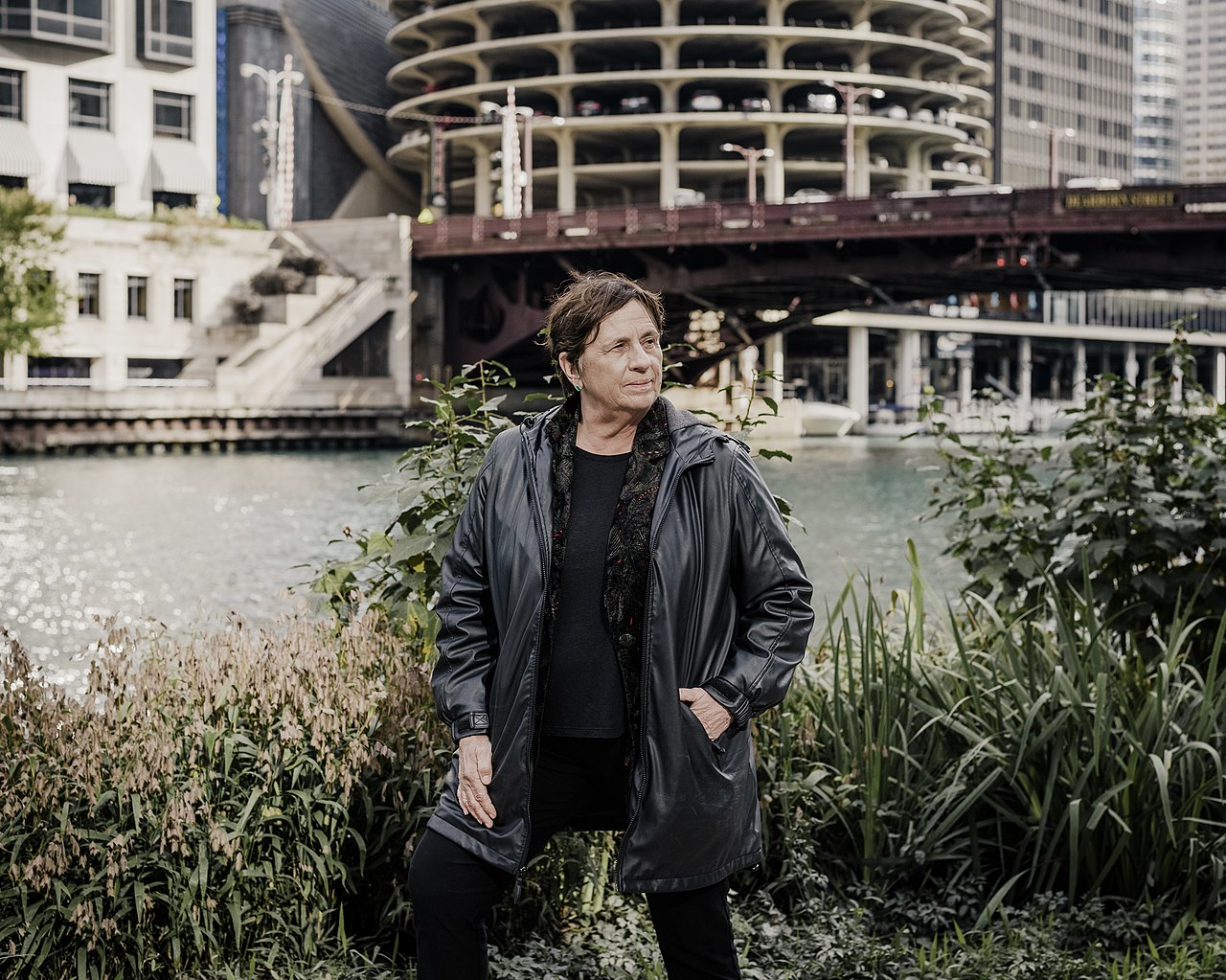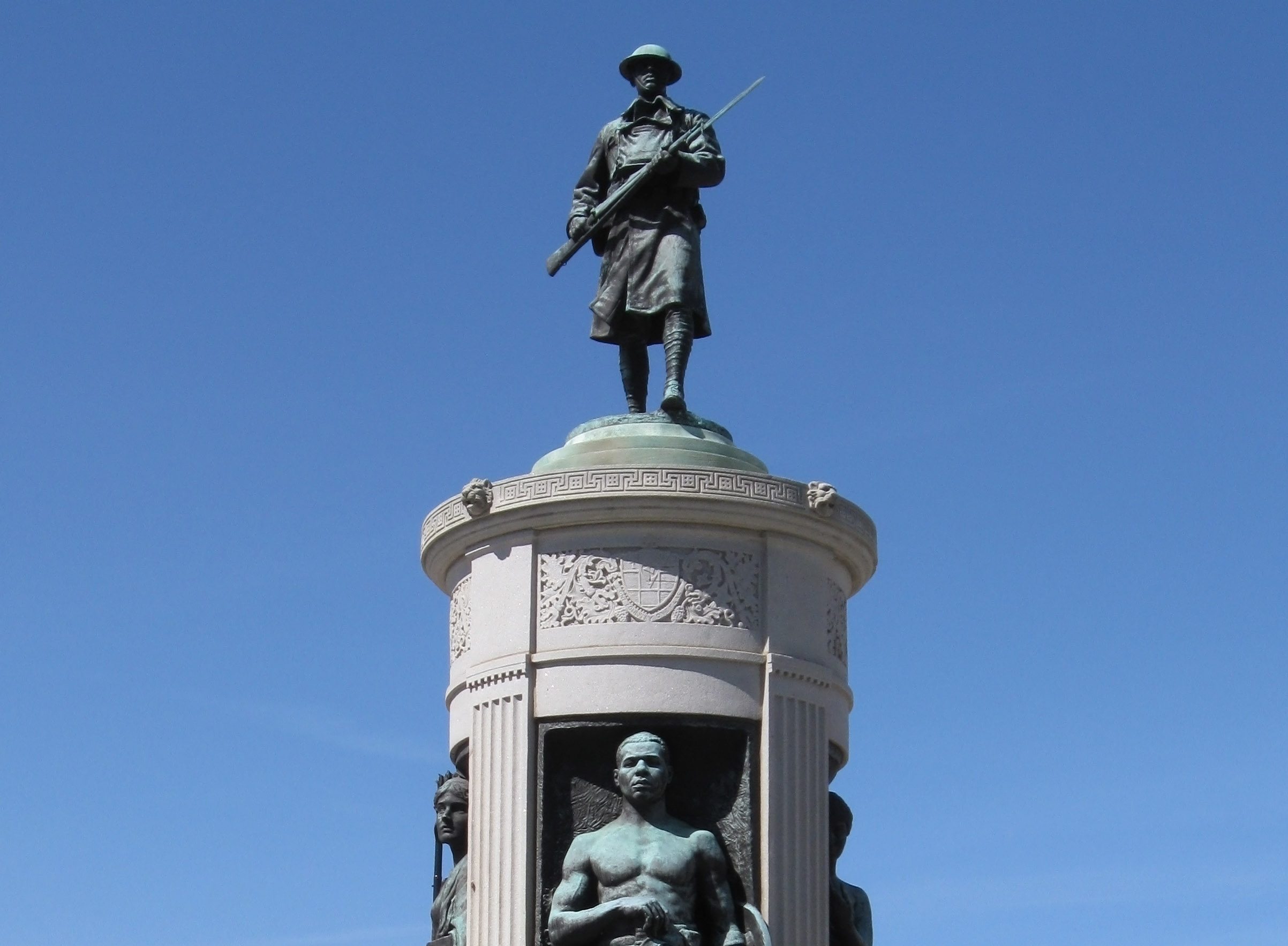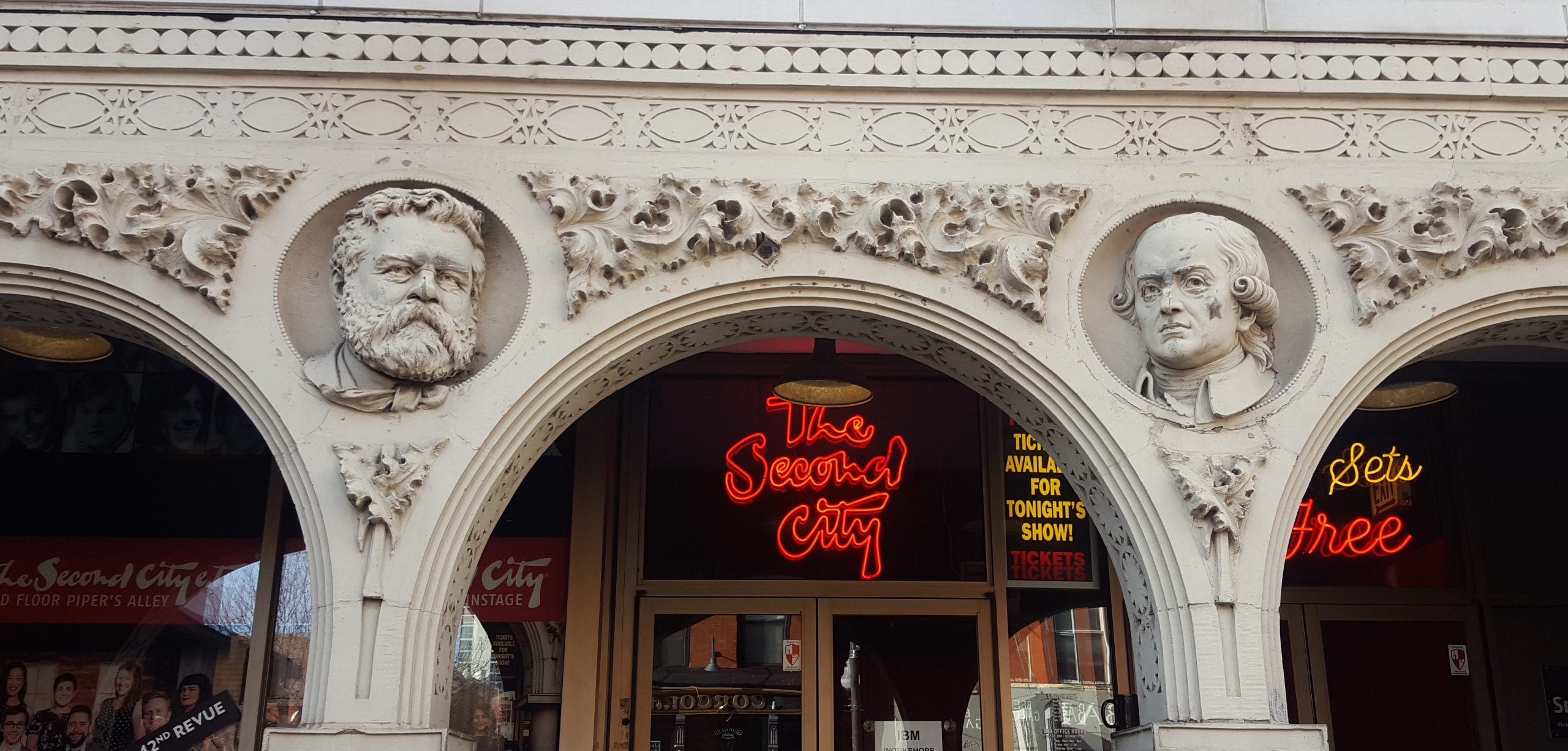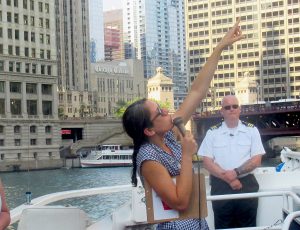The ‘L’ dates back to 1892, when the first elevated train rumbled down public alleys between Congress and 39th Street. Much of the system that Chicagoans know today was built shortly thereafter. While the ‘L’ has gone through many changes since then, some of its original stations are still in operation. Learning that the oldest ‘L’ stations still have significant parts their original architecture is mind-blowing.
We research Chicago history and architecture like this while developing our live virtual events and custom corporate events. Join us for our public virtual events or book an exclusive team-building event for your private group. We can also create custom tours and original content creation about this Chicago topic and countless others.
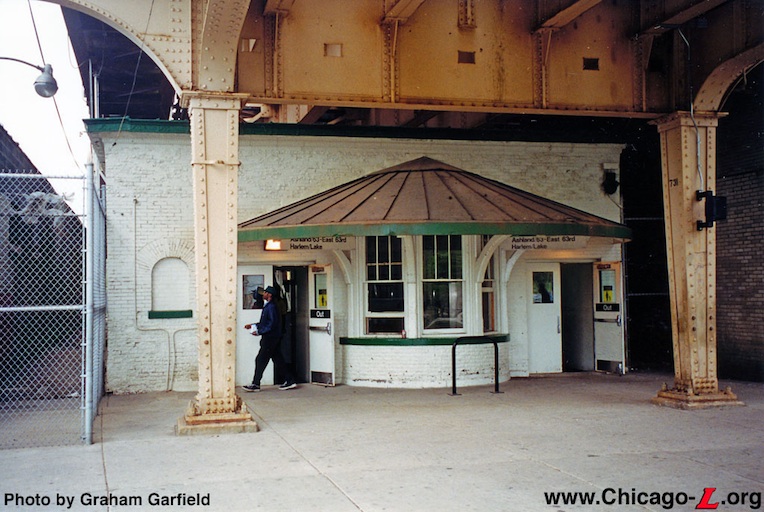
#1 Garfield – Green Line
The Garfield station on the Green Line has the oldest structure left of the ‘L.’ The old station house, pictured above, was constructed in 1892. I always love pointing it out to guests on our Chicago Neighborhoods and Cultural Diversity Bus Tour.
The station is part of the Alley ‘L’ which connected downtown with the 1893 World’s Columbian Exposition. According to the invaluable Chicago-L.org, “…the station house was designed with a Queen Anne-style influence…the building’s most prominent feature was the bay that projected from the front elevation, with its broad half-cone roof.” This design was similar to the other stations that dotted that original route.
Incredibly, the original station house was in operation until 2001. Today, a new facility across the street handles the station’s traffic. The old station house sits shuttered underneath the new platform. Sealed up and fenced off, the stations is currently beyond public access. That’s changing, though. As of 2018, it is being updated to become a community center. Incredibly, a structure used by fair-goers in 1893 is going to a public space again 125 years later.
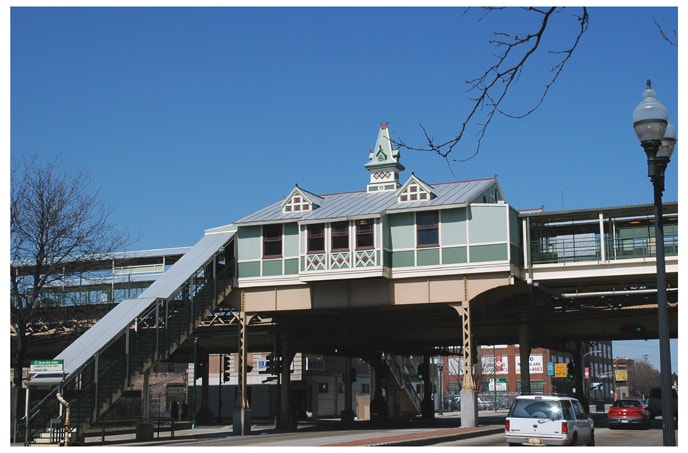
#2 Ashland – Green/Pink Line
The Ashland stop at Lake Street opened in November 1893 on the Lake Street Elevated Railroad. All the stops were identical examples of Queen Anne architecture. The Ashland stop’s station houses have gabled roofs and decorative cupolas. To me, the fancy older architecture makes it look a Victorian cottage got dropped onto the ‘L’ tracks. These days, it looks like nothing else on the CTA. However, this architectural style was everywhere in the 1890’s. The companies that built the ‘L’ clearly wanted to impress customers with displays of opulence and comfort. How better to do that then by making a station feel homey rather than utilitarian?
Despite being one of the oldest ‘L’ stations, the Ashland stop is still fully operational. The CTA has temporarily shuttered and rehabilitated it in the past. Still, the station houses that the first commuters used in 1893 are still used in 2016. It’s hard to find other spots in Chicago with that strong a direct link to the 19th Century. I always encourage guests on our Factories to Calories Fulton Market Food Tour to jaunt over and check it our after our tour concludes.
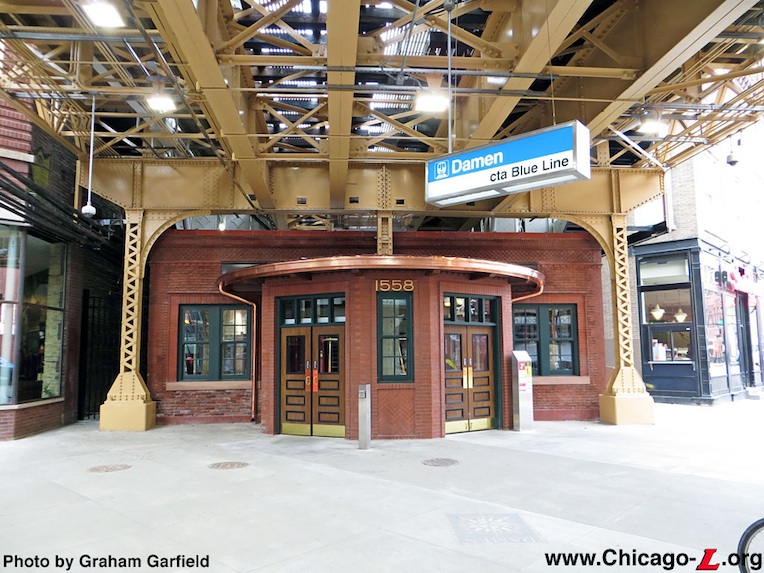
#3. Damen – Blue Line
The Damen stop on the Blue Line is at the very heart of Wicker Park. Indeed, our Old Polonia and Wicker Park Tour uses it on our way up the Blue Line from Noble Square. Many of the transplants who use this station likely have no clue it dates back to 1895. Along with the California stop, it’s one of the oldest ‘L’ stations on the Blue Line. Originally, this “Northwestern” route left Damen and went south all the way to Van Buren. Only then did the tracks turn east to head towards the Loop. That re-route may have played a part in turning Wicker Park into a hipster haven.
The station house, which is tucked underneath the tracks, is beautifully rehabbed, with its 1895 architecture and masonry were carefully preserved. Like the Garfield and Ashland stops, the architecture is of the Queen Anne style. My favorite part of the station house is the circular bay, which acts as a vestibule for passengers as they enter and exit the larger building behind. There’s just something wonderfully old-fashioned about that shape and usage. The recent rehabilitation means that the interior is a mix of old styles and modern functions. Nicely fits the character of the neighborhood.
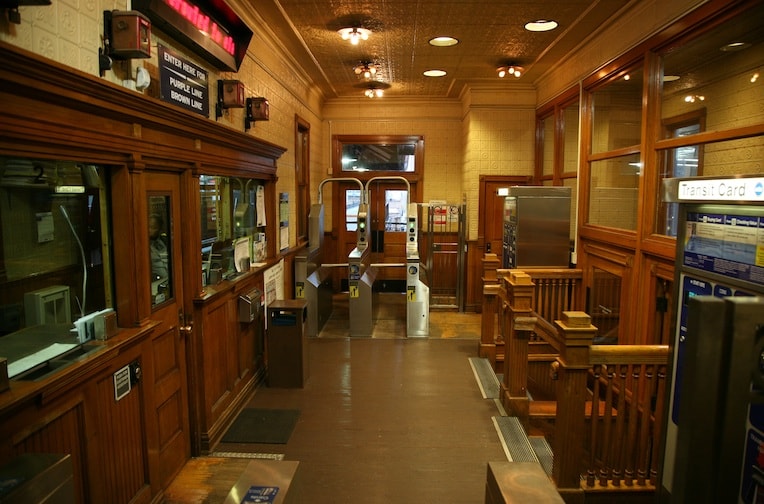
#4 Quincy – Loop
The Quincy stop is now one of oldest ‘L’ stations still standing in the Loop. You can find it just a few blocks from our Loop Interior Architecture Walking Tour and Architecture of Money and Power Financial District Tour. Like the other stations from the 1890’s, it shows the revival architectural style which were popular with Victorians. The Quincy stop, like the other original stations along Wells Street in the Loop, uses an architectural style termed as “Palladian Neoclassical.” Palladian architecture stressed the symmetrical and harmonious use of architectural elements from Ancient Greece and Rome. The exterior architecture of the Quincy stations houses demonstrates this clearly.
As decribed by Chicago-L.org, Quincy is “…[e]xecuted in painted sheet metal, the exteriors of the station houses featured ornate, almost Baroque window surrounds, Corinthian pilasters and cartouches along the roof line topped by hipped roofs with scrolled finials.” Just like the Ashland stop, the Quincy station was designed to look like a familiar and beloved building was straddling the ‘L’ at track level.
The CTA launched a thorough restoration of the Quincy station houses in the 1980’s. Carefully restoring the interior and exterior to their original grandeur. It’s fitting that Quincy, one of the oldest ‘L’ stations, may be the only one left that looks almost exactly like it did in the 1890’s. The old-world feel of the station house fits the architecture of the banking and trading buildings on LaSalle. Interestingly, the LaSalle/VanBuren on the Loop stop is from the same era, but has not been restored like Quincy. Preservation Chicago named it one of 2016’s seven most endangered historic structures in Chicago.
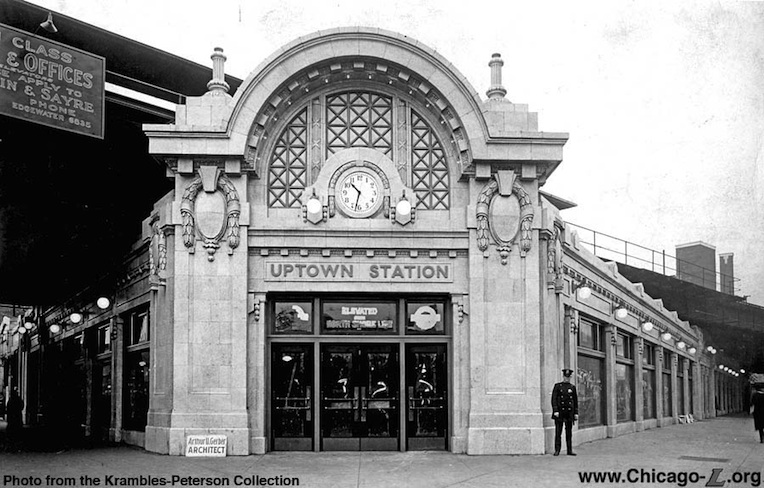
#5 Wilson – Red Line
We’ve written a whole post about the Wilson stop on the Red Line in the past. It opened in 1900, making it one of the oldest ‘L’ stations on the Red Line. The stop has gone through a multitude of changes in architecture and alignment. Yet another rehabilitation project is underway right now. The “Uptown Union Station” was built in 1923 and is now the main part of today’s structure.
At that time, the Wilson stop handled both the ‘L’ and a commuter railroad station. A massive Beaux Arts facility, decked out in marble and Neoclassical design motifs, accommodated both train systems. Its most prominent aspect was the huge terra cotta parapet that soared above the main entrance. To me, its architecture recalls the White City of the 1893 World’s Columbian Exposition. Much of the current restoration work is an effort to turn the now-shabby station to the glorious look of those early years.
The Oldest ‘L’ Stations are Part of Our Architectural Heritage
These five stations are hardly the only examples of historic structures hiding in plain sight. A bit of digging can turn up a wealth of generally unknown history around Chicago. It’s exciting to realize just how much of our everyday world contains a direct link to a different era
– Alex Bean, Office Manager and Tour Guide
ABOUT CHICAGO DETOURS
In business since 2010, Chicago Detours is a passionate team of educators, historians and storytellers. We applied a decade of experience as one of Chicago’s top-rated tour companies to become a virtual event company in 2020. We bring curious people to explore, learn and interact about Chicago’s history, architecture and culture through custom tours, content production, and virtual events.



